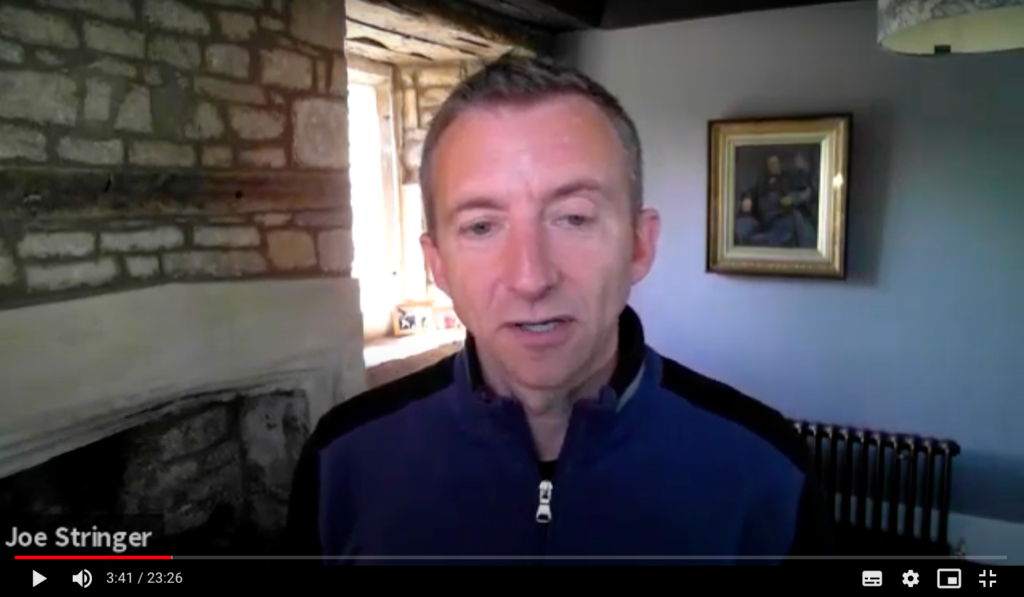Can you Force your story into the National media agenda?
Written by Eleanor WillockIt’s May the fourth, so whilst I’m sat on this train from Bath to London, listening as many fans of Star Wars probably are to the incomparable John Williams soundtrack, I thought I’d write. Recently, I’ve had cause to think deeply about the point at which a story crosses the line into being of national interest, from a media point of view. What can be forced (to use the word of the day), and what can’t.
At University, I asked permission to do my dissertation on the narrative and thematic parallels between the Homeric epics and the Star Wars trilogy. Nobody had a clue what to do with that request in the Classics department, so they turned it down. The Force was, perhaps, not strong with them. Or maybe I didn’t know how to use it.
Much later, I learned more about the principles of basic storytelling plots. Many academics believe that there is a finite number of ways of telling a story. What I’d spotted isn’t a new thing. But it’s no coincidence that two of the greatest stories ever told have so much in common, albeit layered around two separate, marvellous, detailed and loveable universes.
Can we use these ‘basic plots’ to create National media coverage? Absolutely.
Christopher Booker’s work, The Seven Basic Plots: Why we tell stories, is the seminal work to read. It took him 34 years of research. The narrative plots he identified are:
- Overcoming the Monster
- Rags to Riches
- The Quest
- Voyage and Return
- Rebirth
- Comedy
- Tragedy
In 2016, the University of Vermont used data to analyse 1,737 fiction stories and identified one less than Booker, adding the emotional rise and fall to the mix.
- “Rags to riches” (rise).
- “Tragedy,” or “Riches to rags” (fall).
- “Man in a hole” (fall–rise).
- “Icarus” (rise–fall).
- “Cinderella” (rise–fall–rise).
- “Oedipus” (fall–rise–fall).
If you, your exec team, even your agency, is having problems identifying narratives for news and features that are national media level interesting, I suggest you start with the above.
Ask yourself and your team:
- Can you wrap your experiences round any of these plots?
- Has your business/product/service moved through several of these, are there chapters to your story?
- Which one will catch the attention of the people you are trying to reach?
- Which one matches the agenda/politics/style of the journalists and editors you are trying to work with?
- Which one creates the most engaging (in terms of reader, and social media) story?
You can’t force people to care about what you sell or make without telling a story. And I’d argue that story doesn’t have to have a completely original plot, it just has to have one that works. These might help you, um, gather a new hope.
And please, if you have come up with a story that doesn’t conform to any of the above, I’d like to work with you in some way, so get in touch!




